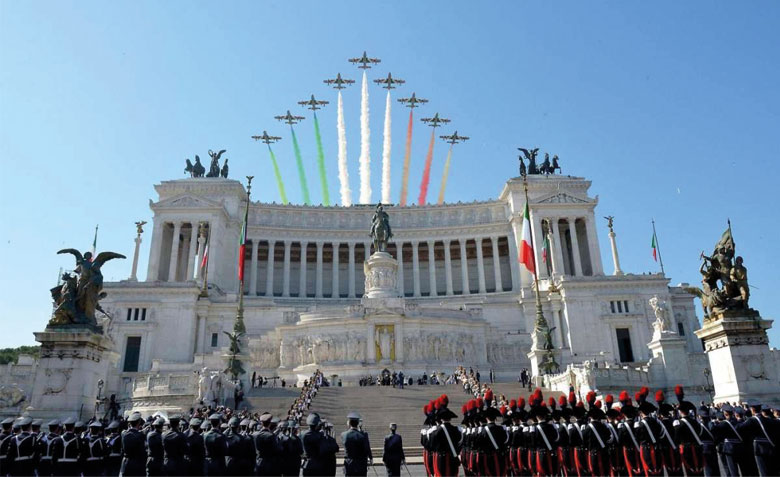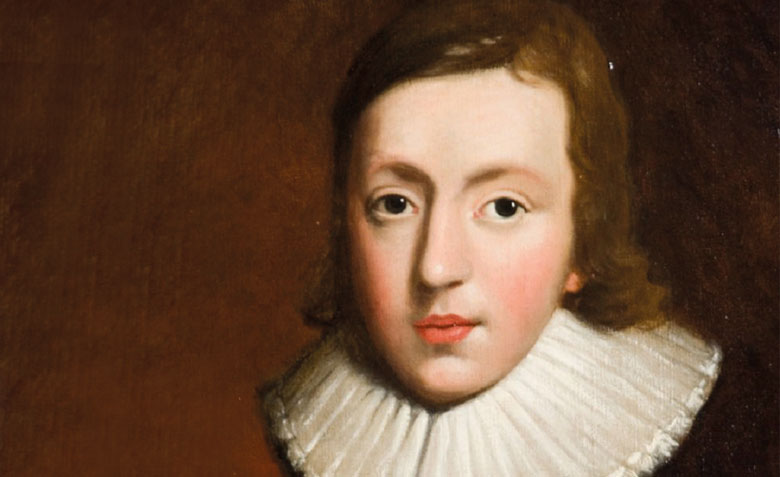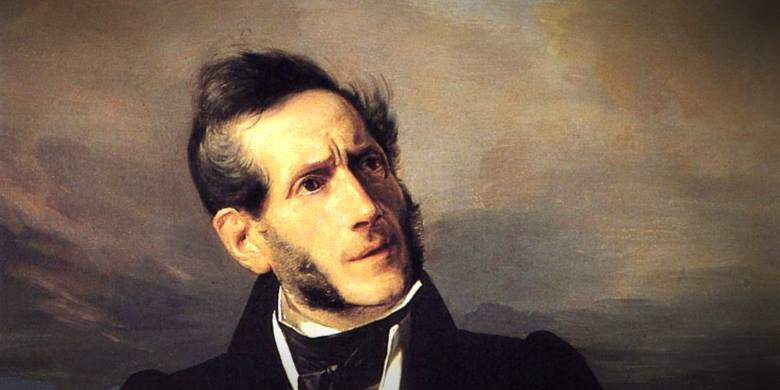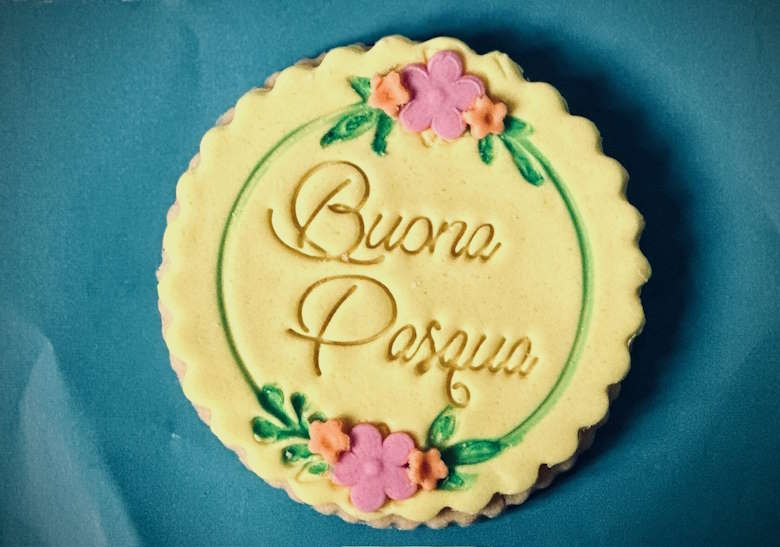Italian Culture

Spending the summer in Florence means experiencing the beautiful season immersed in poetry, between scenic terraces overlooking the city and enchanted gardens a stone's throw from the historic center, perhaps cooling off with a good ice cream. June begins with the celebration of one of the most important holidays not only for Florentines, but for the entire peninsula: the Anniversary of the Republic.

“"Here in Palazzo dei Gaddi it is a tradition that in the years 1638 and 1639 John Milton lived here, finding the Italy of the Classics in Florence"; so reads the plaque in the Palazzo dei Gaddi. The building that stands in Via del Giglio, housed the author of the immortal "Paradise Lost" who spent some time in our city to confront the Italian authors he venerated: from Dante to Petrarca, from Bembo to Tasso.

“He is no more. As reft of breath
The heedless body lay at last
On whom such boundless hopes were cast,
Immobile in the calm of death.
So, by the tidings, in amaze
The earth is held, and with her gaze
The parting hour doth mutely scan
Of this great spirit; if again
Upon the dust of her wide plain,
All blood-besprinkled, ever can
The footfall of a mortal show
Like unto his, she doth not know.”
These are the first two stanzas of "The Fifth of May", Alessandro Manzoni’s ode to the death of Napoleon, which took place on May 5 1821, during his exile on the island of Sant'Elena. That of the author of "I promessi sposi" is a figure inextricably linked to our Florence. A few years later, in fact, Manzoni will indicate the Florentine dialect as the official linguistic model for the Unified Italy with the famous "rinsing of clothes in the Arno".





